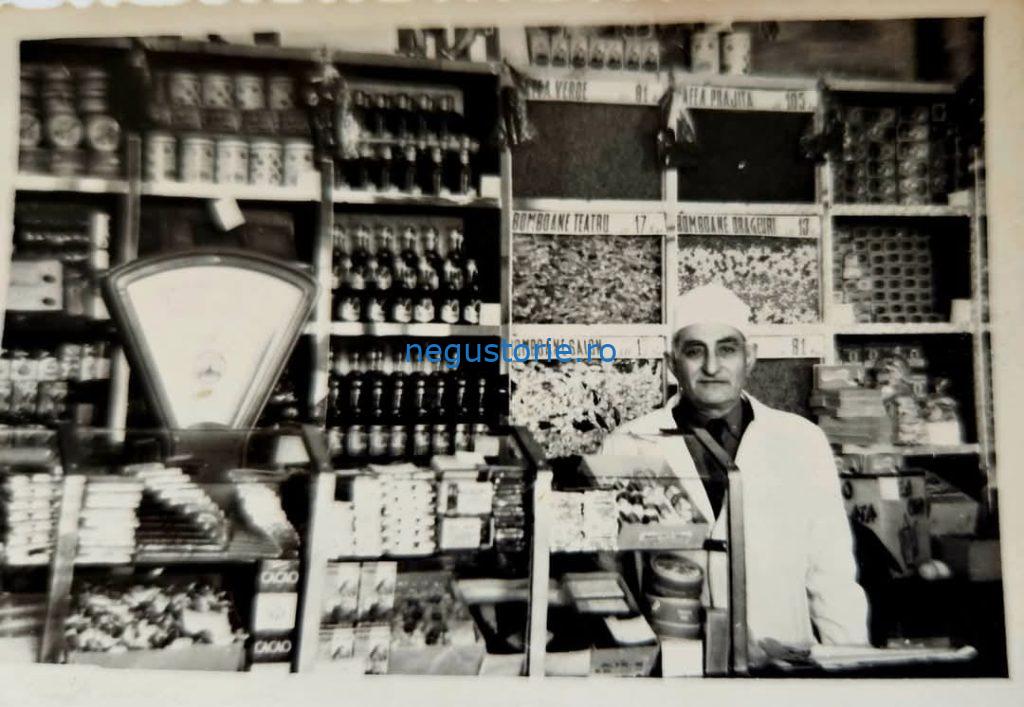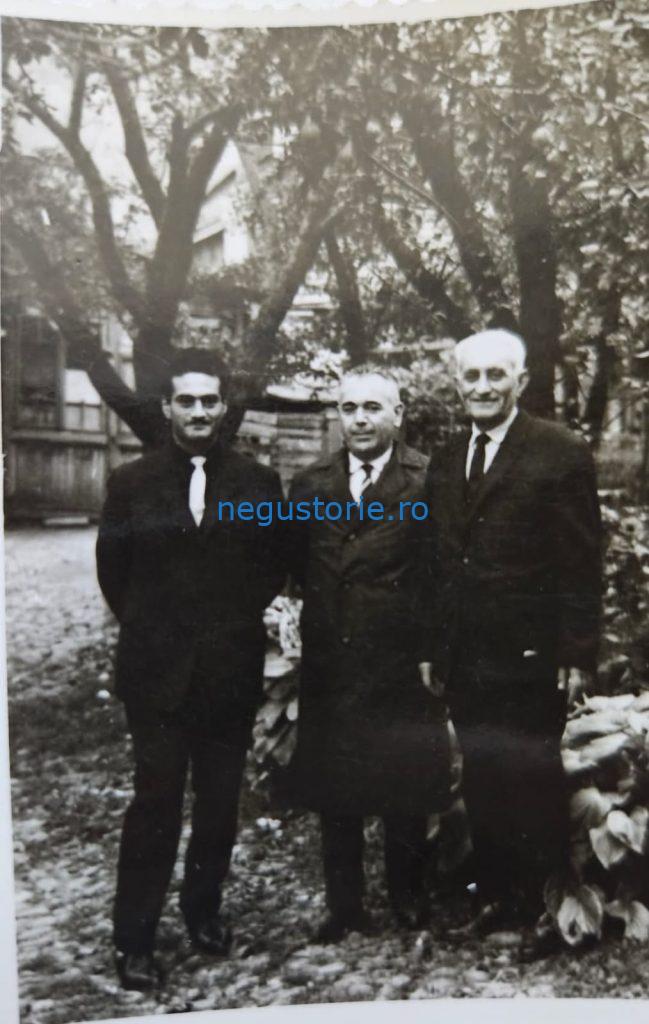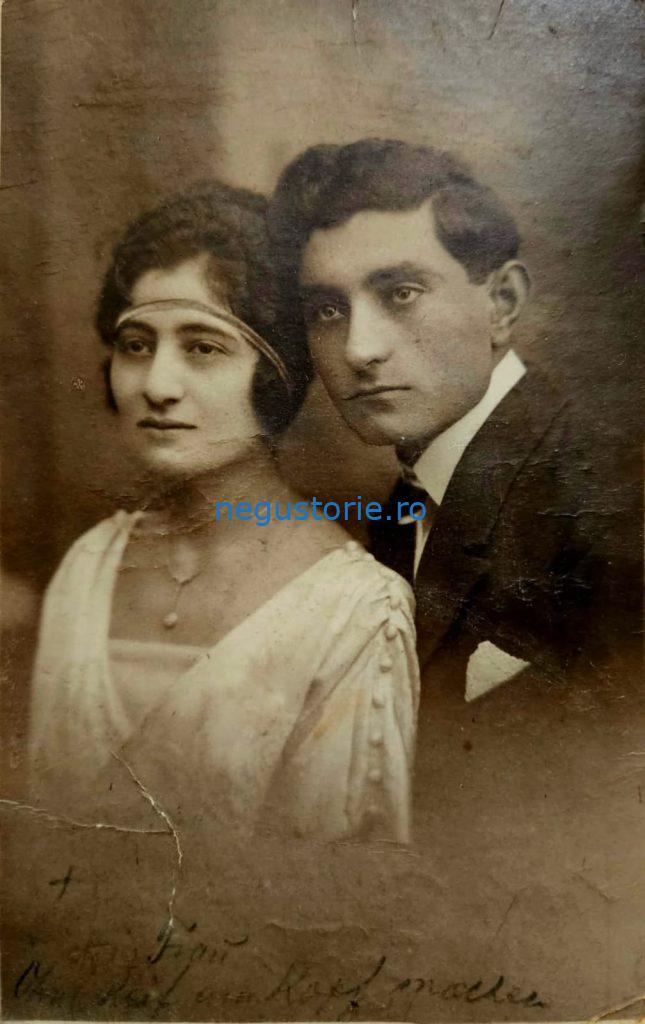
English version at the bottom
Se implinesc astazi 110 ani de la inceputul Genocidului Armean, in urma caruia aproximativ 1,5 milioane de armeni dintre cei 2 milioane care traiau in Imperiul Otoman au pierit – fie executati, fie victime ale infometarii, abuzurilor, sau de mana celor care ii fortau pe drumurile spre desertul sirian. Un val de distrugere si durere s-a abatut asupra unei intregi natiuni, iar astazi, mai mult decat oricand, onoram victimele acestui genocid precum si povestile supravietuitorilor.
Povestea familiei mele este una dintre ele. Ea incepe, asa cum mi-a istorisit bunicul meu Garbis, cu stra-strabunicul meu, Bedros, un armean din Anatolia, nascut in satul Kemah, pe malul raului Eufrat. Dupa ce a terminat studiile la Oxford, a fost detasat consul al Constantinopolului la Londra. Dupa incheierea mandatului sau diplomatic, s-a stabilit in Romania, unde, cu spiritul sau antreprenorial vestit printre armeni, a deschis trei firme comerciale – la Bucuresti, Galati si Braila. I-a adus pe cei doi fii ai sai, Haig si Horen (strabunicul meu), la Bucuresti, pentru a invata limba romana si a studia la scoala armeana.
in 1915, Bedros, impreuna cu cei doi fii ai sai, au plecat in vacanta in Armenia turceasca, unde cateva zile mai tarziu, aveau sa inceapa masacrele. Stra-strabunicul meu a luptat pana la ultimul glont, pe care l-a folosit pentru a-si pune capat zilelor, pentru a nu muri de mana cotropitorilor.
Haig si Horen, fratii ramasi orfani si in pericol, au reusit, totusi, sa scape. Adolescenti fiind, au traversat granitele Imperiului Otoman, pornind intr-o lunga peregrinare ce i-a purtat prin Rusia – unde strabunicul meu a fost aproape pierdut de holera, pana cand o batrana dintr-un sat l-a vindecat cu 5 kilograme de visine – Ucraina, Basarabia, pana au ajuns in portul de la Marea Azov. Aici au gasit o corabie romaneasca, ce i-a adus la Constanta, iar apoi au pornit spre Bucuresti, unde au fost gazduiti cateva zile la Biserica Armeneasca. Dupa acele zile de adapost temporar, calatoria i-a condus mai departe, spre Bacau, la Calustian, un prieten al tatalui lor, care le-a oferit sprijinul necesar pentru a se stabili la Piatra-Neamt. Aici, au deschis un magazin de coloniale, care a prosperat rapid, iar numele „Kesisian” a devenit celebru, mai ales datorita cafelei aromate, cea mai ravnita printre pietreni.


Strabunicul meu, Horen, s-a casatorit cu Aghavni Papazian, o femeie remarcabila din Ruse, Bulgaria, care vorbea sapte limbi si scria poezie. Aghavni si fratii ei se mutasera la Bucuresti, unde aveau un lant de magazine de bijuterii pe Calea Victoriei si str. Academiei.

Cei doi s-au asezat intr-o frumoasa casa cu gradina la Piatra-Neamt, insa aceasta casa avea sa fie nationalizata in 1950, la scurt timp dupa instaurarea regimului comunist. Au avut impreuna trei copii: o fetita, Armine, care a murit la doar trei ani, si doi baieti, dintre care unul a murit in 1943. Dar cel care a continuat sa poarte mai departe numele si povestea familiei a fost bunicul meu Garbis. Fiul lui, Bedros, este tatal meu.


Povestite de Ligia Verkin Kesisian – 24.04.2025
English version
Today marks 110 years since the beginning of the Armenian Genocide, in which an estimated 1.5 million Armenians out of the 2 million who lived in the Ottoman Empire perished – either executed, victims of starvation, abuse, or at the hands of those who forced them onto the roads to the Syrian desert. A wave of destruction and grief swept over an entire nation, and today, more than ever, we honor the victims of this genocide as well as the stories of the survivors. My family story is one of them. It begins, as my grandfather Garbis told me, with my great-great-grandfather, Bedros, an Armenian from Anatolia, born in the village of Kemah, on the banks of the Euphrates River. After completing his studies at Oxford, he was seconded to Constantinople as consul in London. After completing his diplomatic mandate, he settled in Romania, where, with his entrepreneurial spirit renowned among Armenians, he opened three commercial companies – in Bucharest, Galati and Braila. He brought his two sons, Haig and Horen (my great-grandfather), to Bucharest to learn the Romanian language and study at the Armenian school. In 1915, Bedros, together with his two sons, went on vacation to Turkish Armenia, where a few days later, the massacres would begin. My great-great-grandfather fought until the last bullet, which he used to end his days, so as not to die at the hands of the invaders. Haig and Horen, the brothers who were orphaned and in danger, nevertheless managed to escape. As teenagers, they crossed the borders of the Ottoman Empire, embarking on a long pilgrimage that took them through Russia – where my great-grandfather was almost lost to cholera, until an old woman from a village cured him with 5 kilograms of sour cherries – Ukraine, Bessarabia, until they reached the port on the Sea of Azov. Here they found a Romanian ship, which brought them to Constanta, and then they set off for Bucharest, where they were hosted for a few days at the Armenian Church. After those days of temporary shelter, their journey took them further, to Bacau, to Calustian, a friend of their father, who provided them with the necessary support to settle in Piatra-Neamt. Here, they opened a colonial store, which quickly prospered, and the name “Kesisian” became famous, especially due to the aromatic coffee, the most coveted among the people of Piatra-Neamt. My great-grandfather, Horen, married Aghavni Papazian, a remarkable woman from Ruse, Bulgaria, who spoke seven languages and wrote poetry. Aghavni and her siblings had moved to Bucharest, where they had a chain of jewelry stores on Calea Victoriei and Str. Academiei. The two settled in a beautiful house with a garden in Piatra-Neamt, but this house would be nationalized in 1950, shortly after the establishment of the communist regime. They had three children together: a little girl, Armine, who died at just three years old, and two boys, one of whom died in 1943. But the one who continued to carry on the family name and story was my grandfather Garbis. His son, Bedros, is my father. Narrated by Ligia Verkin Kesisian

Leave a Reply